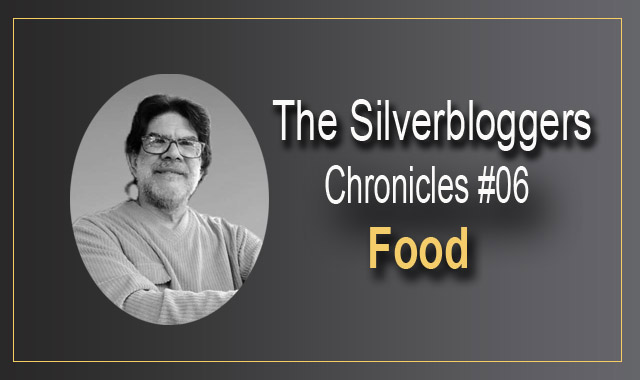
Of the many foods associated with my childhood, there are several that I remember with great fondness.
The first is hallaca, a dish that is perhaps very meaningful to the vast majority of Venezuelans. My friend @nancibriti1, in her excellent article, also talks about this dish that is deeply meaningful to all of us. If you want to know one of the many ways to prepare it, I refer you to my dear friend's post.
The hallaca is synonymous with family unity, and we associate it with that beautiful time of year when we celebrate Christmas. In the past, it was a very important ritual to gather as a family, usually at the mother's house, to celebrate the Christmas meal, in which hallacas were a must. Everyone who lived in distant cities would come together to be part of this great family gathering.
Now, with the large emigration that has taken place in the country, the tradition has changed location. There are many regions of the world where Venezuelans gather to share their hallacas just as they learned to do in childhood.

Last December, my youngest daughter, who has been living in southern Spain for seven years, decided to keep the tradition alive.
In early December, she contacted her mother and me and told us that she would make hallacas with a friend who lives in Barcelona. She asked us to guide her through the process.
A few days before Christmas, she had all the ingredients ready. My wife and I were surprised that it was so easy for her to get them. She told us that there were Venezuelan shops in Barcelona that sold a kit for making hallacas, which included everything she needed, even the banana leaves.
On the day of preparation, we stayed glued to WhatsApp; it was like watching a live broadcast. Before each step, she asked us for instructions, followed the procedure, and then showed us the result. We spent many hours until everything was ready. We had a lot of fun and were able to mark that day in our calendar of great moments in life. My daughter told us that they had turned out very well, but we couldn't confirm that, ha ha ha.
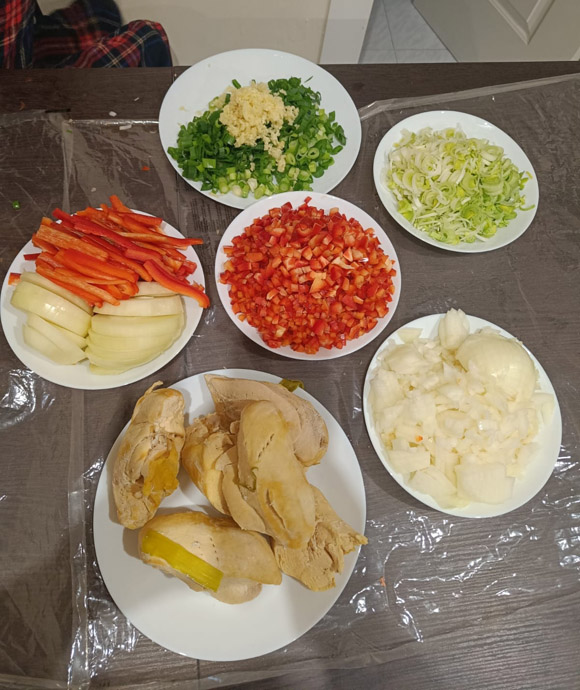
Another dish linked to my childhood is called “pisca andina.” It is a dish typical of the western part of our country, from the Táchira region.
When my mother married my father, who was from a village in the Venezuelan Andes, she knew almost nothing about Andean food. She only knew how to make dishes from her own region, Carora, in the state of Lara, in central-western Venezuela.
It was my paternal grandmother who taught her all the tricks of Andean cooking, and there came a time when my mother had become an expert, making each of those dishes to perfection.
Pisca is a relatively simple dish, starting with a beef broth base to which diced potatoes are added, followed by finely chopped cilantro and green onions, milk and eggs, and salt to taste. This mixture is left to cook until the potatoes are soft enough.
In the Andean region, this dish is usually eaten for breakfast, but my mother would prepare it for lunch or dinner as well.
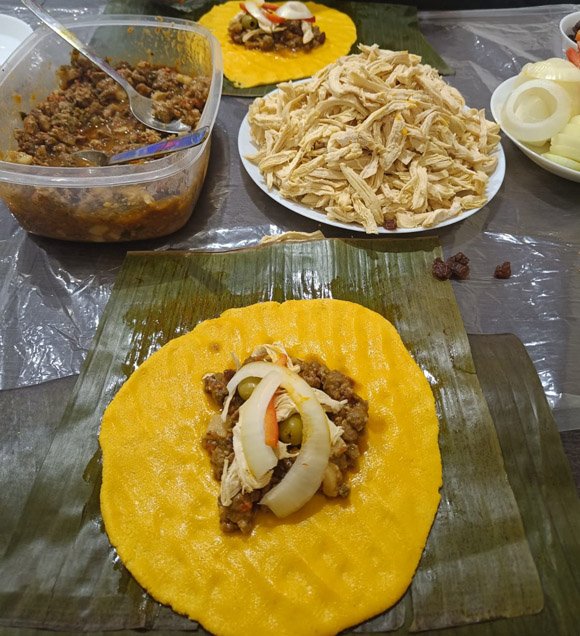
That meal always reminds me of my father; it was one of his favorite dishes. Every so often, he would ask my mother to make it. They would agree on a date so that he would have time to buy some delicious thick-crusted country bread sold at a bakery in downtown Caracas. That combination of pisca with country bread was truly delicious.
Every time my father ate pisca, his mood changed; he became much happier and more affectionate. I loved seeing him like that, and perhaps that is why this dish holds such fond memories for me. It is amazing how we can make such beautiful associations between food and the good times in life.
I am posting this motivated by the initiative proposed by my friends in the @silverbloggers community. If you want to join, click on this link.
Thanks for your time.
Translated with DeepL.com (free version).

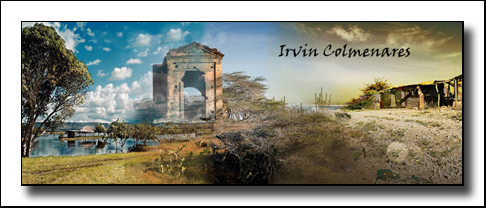


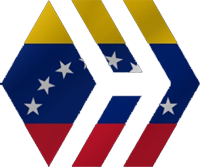
Logo creado por @themanualbot


